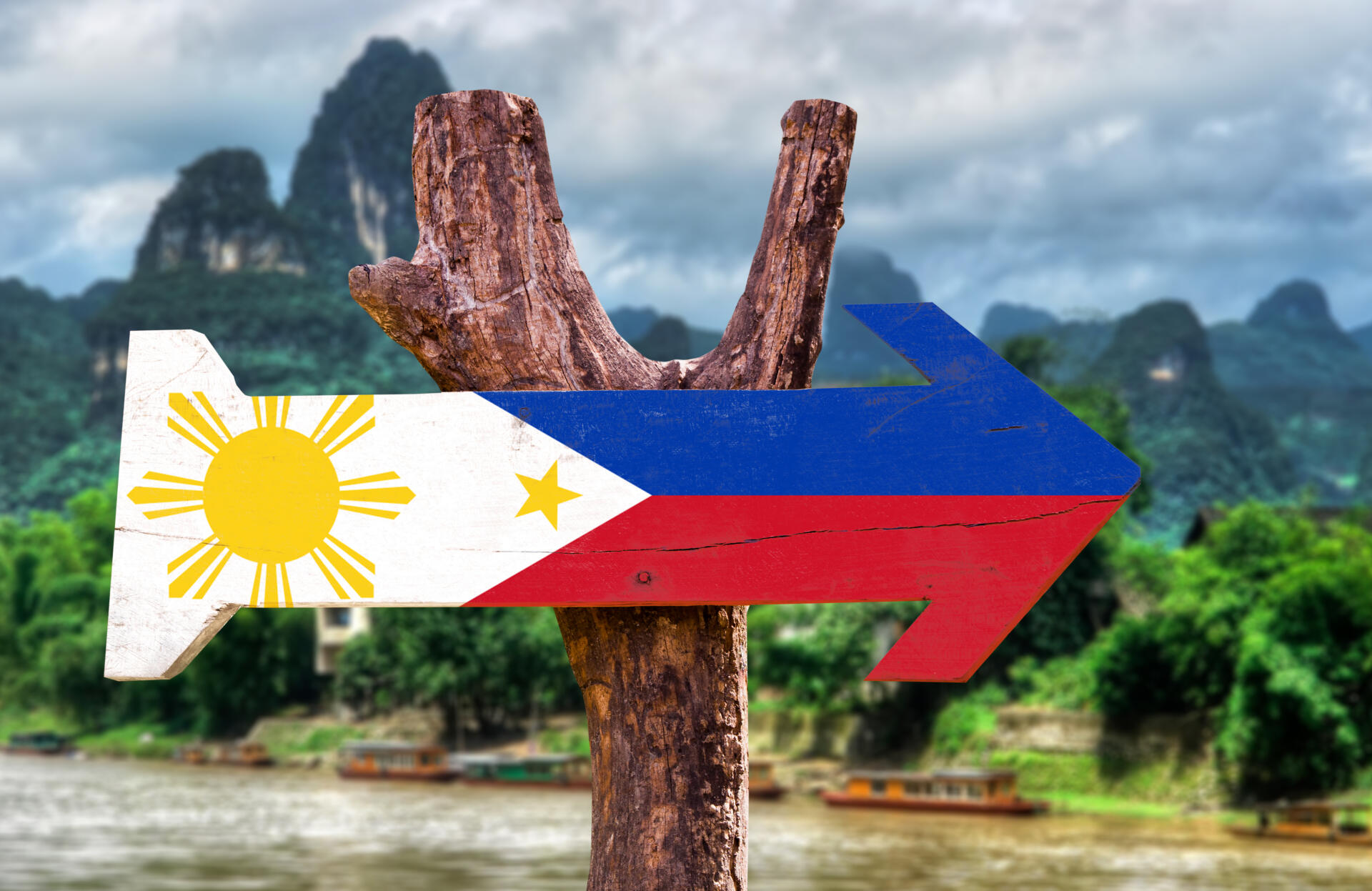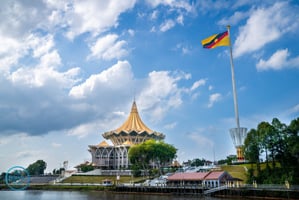The Different Ways of Staying in the Philippines (Types of Visas)
The Philippines is a stunning archipelago known for its breathtaking beaches, vibrant culture, and warm hospitality. From the bustling streets of Manila to the serene shores of Palawan, it offers a diverse range of experiences for tourists and expatriates alike.
Understanding the various visa options available is crucial for anyone considering a visit or extended stay in this beautiful country. Whether you're a retiree, a working professional, or just starting your career, knowing your visa options can help you plan your journey effectively.

1. Tourist Visa
Visa-Free Entry
Many nationalities can enter the Philippines without a visa for short stays.
- Countries eligible: Singaporeans, along with citizens from over 150 countries, can enjoy visa-free entry.
- Duration of stay: Visitors can stay for up to 30 days without a visa. This period can be extended under certain conditions.
Visa on Arrival
For those who do not qualify for visa-free entry, the Visa on Arrival option is available.
- Eligibility and requirements: This is generally available to nationals from countries with diplomatic relations with the Philippines. Applicants must present a valid passport and proof of onward travel.
- Application process: Upon arrival at select airports, visitors can apply for this visa by filling out an application form and presenting relevant documents.
Tourist Visa Application
Some visitors may need to apply for a tourist visa in advance.
- Who needs to apply: Nationals from countries not eligible for visa-free entry must apply for a tourist visa before travelling.
- Application process and requirements: Applicants need to submit a completed application form, a passport valid for at least six months beyond their stay, recent photographs, proof of accommodation, and financial means to support their stay. The processing time typically ranges from one to three weeks.

2. Long-Stay Visas
Special Resident Retiree's Visa (SRRV)
This visa is tailored for retirees looking to settle in the Philippines.
- Eligibility criteria: Applicants must be at least 35 years old and meet specific financial requirements, such as having a pension or investment in the country.
- Benefits and restrictions: The SRRV allows multiple entries and provides indefinite stay privileges. However, holders must maintain their investment or pension requirements.
Student Visa
International students wishing to study in the Philippines must secure a student visa.
- Requirements for international students: Applicants must be accepted by a recognised educational institution in the Philippines.
- Application process: Students need to submit an application form, proof of acceptance, financial capability documents, and other supporting materials.
3. Work Visas
Alien Employment Permit (AEP)
This permit is essential for foreigners seeking employment in the Philippines.
- Purpose and eligibility: The AEP is required for foreign nationals who will be employed in the country. Employers must file this on behalf of their employees.
- Application process: Employers submit an application to the Department of Labor and Employment (DOLE) along with necessary documents such as employment contracts and proof of business registration.
Special Work Permit (SWP)
This permit is suitable for foreigners engaged in short-term work assignments.
- Short-term work authorization: The SWP allows foreigners to work in the Philippines for up to six months.
- Requirements and limitations: Applicants must secure an AEP first and provide documentation about their employment.
4. Business Visas
Special Investor's Resident Visa (SIRV)
This visa caters to foreign investors looking to establish businesses in the Philippines.
- Investment requirements: To qualify, applicants must invest at least $75,000 in an existing or new corporation that meets specific criteria set by the government.
- Benefits for investors: The SIRV allows indefinite stay as long as the investment is maintained.
Treaty Trader's Visa
This visa is available for nationals from countries with trade agreements with the Philippines.
- Eligibility: Applicants must engage in substantial trade between their home country and the Philippines.
- Application process: Similar to other visas, applicants need to provide documentation proving their eligibility and intent.
5. Family-Based Visas
Marriage Visa
Foreign spouses of Filipino citizens can apply for this visa.
- Requirements: Applicants must provide proof of marriage and meet specific documentation standards.
- Application process: This involves submitting forms along with marriage certificates and other necessary documents to the Bureau of Immigration.
Dependent Visa
Family members of existing visa holders may apply for dependent visas.
- Eligibility: This includes spouses and children under 21 years old.
- Rights and restrictions: Dependents have limited rights compared to primary visa holders but can reside in the Philippines as long as their sponsor maintains their status.
6. Special Visas
Balikbayan Privilege
Former Filipino citizens can benefit from this special privilege.
- Eligibility: This applies to those who have lost their Filipino citizenship but wish to return temporarily or permanently.
- Benefits and limitations: Balikbayans enjoy visa-free entry for up to one year but must comply with certain conditions regarding residency.
Diplomatic and Official Visas
These visas are designated for diplomats and government officials visiting the Philippines.
- Purpose and eligibility: Primarily issued based on diplomatic relations between countries.
- Application process: Applications are typically processed through respective embassies or consulates.
7. Visa Extension and Conversion
Extending your stay or converting your visa type is often necessary depending on circumstances.
- Process for extending stay in the Philippines: Visitors can apply for extensions at local Bureau of Immigration offices before their current visas expire. Extensions typically require proof of financial means and valid reasons for staying longer.
- Options for converting visa types: If circumstances change—for example, transitioning from a tourist visa to a work or student visa—applicants need to submit relevant documentation supporting their new status request at immigration offices.
Conclusion
The Philippines offers a variety of visa options catering to tourists, retirees, students, workers, investors, and families alike. Understanding these options not only helps you plan your stay but also ensures compliance with immigration laws—an essential aspect of enjoying your time in this beautiful archipelago.
As you consider your journey ahead, remember that each type of visa has its own set of requirements and benefits tailored to different needs. Embrace the opportunity to explore all that the Philippines has to offer; from its rich history to its stunning landscapes—there's something here for everyone!
Looking to relocate for retirement? Navigating Malaysia's MM2H Programme for Easy Relocation or The Complete Guide to Visas Available in Malaysia for Expats
Let us know what you think about this topic, and what do you want to hear next.
You can now be our community contributor and make a pitch to have your favourite personality be on our show.
Join our community group and drop us your insights on this topic.

-3.png?width=50&name=Square%20(2)-3.png)








Let us know what you think of this post